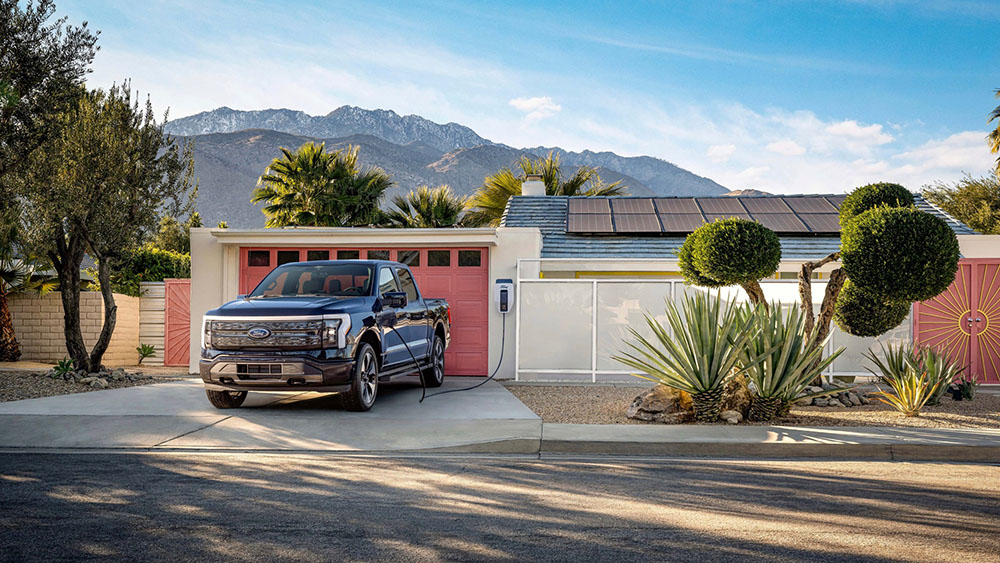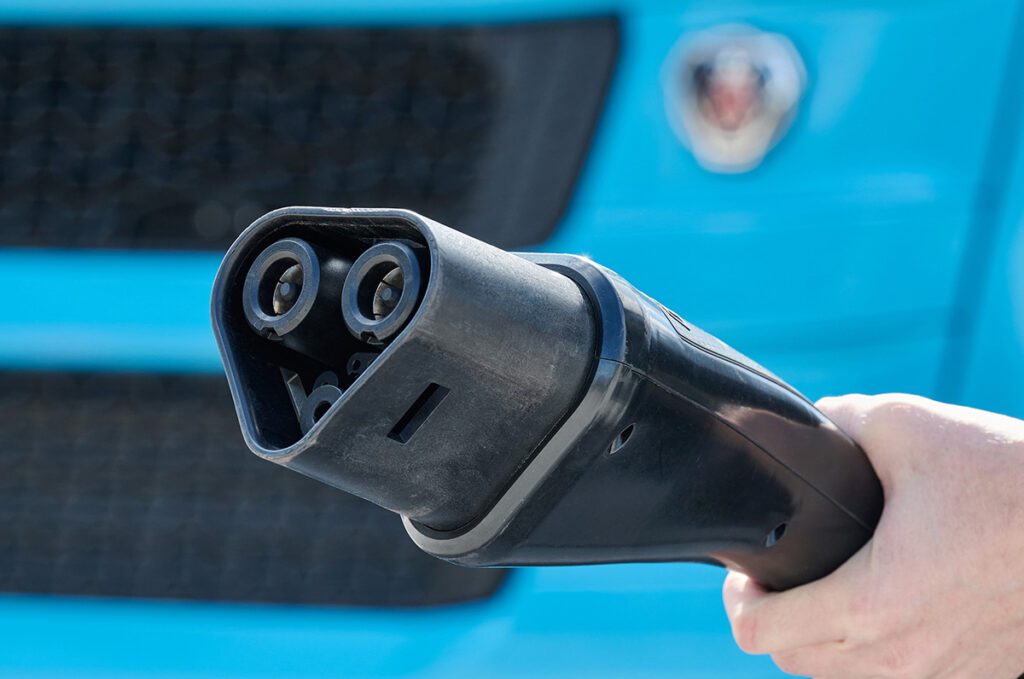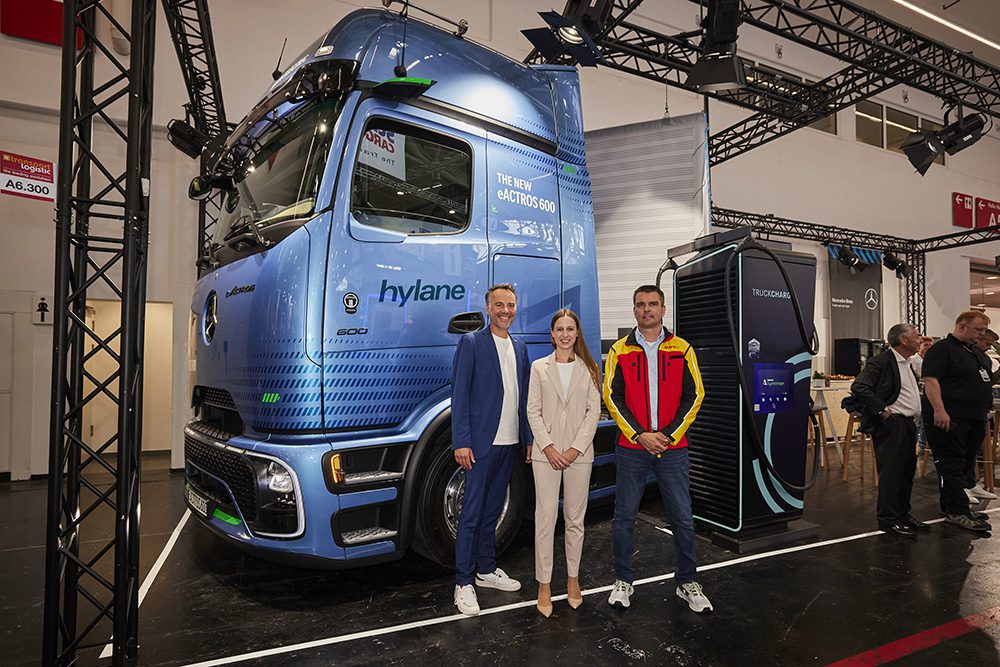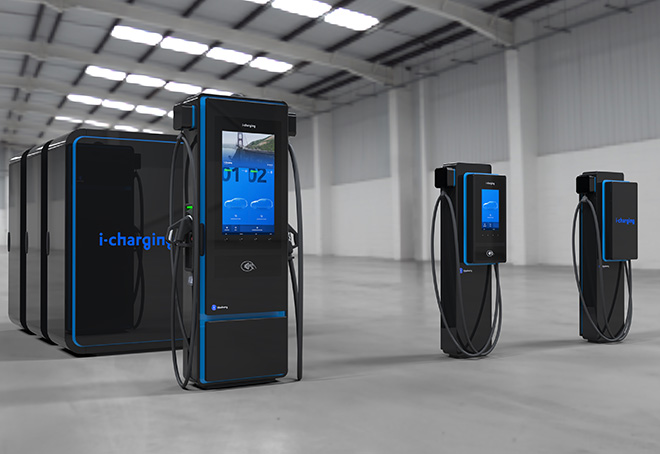Some may toss the term “game-changing” around a little too casually, but bidirectional charging, and the V2X applications it enables, truly have the potential to change the automotive game, by transforming vehicles from wasting assets (aka money pits) into sources of revenue.
Both GM and Ford have recently announced collaborations with California utility Pacific Gas and Electric (PG&E) to explore the possibilities of going bi.
GM and PG&E are developing a pilot program that will allow “a small subset” of residential customers to use their EVs as backup energy sources during power outages. The two companies say that they will test the pilot program’s first vehicle-to-home capable EV, with the associated hardware, by summer 2022, and hope to start larger customer trials by the end of the year.
GM notes that the average California home uses about 20 kwh per day—less than a tenth the battery capacity of GMC’s new Hummer EV.
The companies will develop a software interface for the functionality, and decide on a core hardware set that will include a smart inverter and transfer switch. GM says that, depending on the required load, the solution it’s considering might be able to use either AC or DC.
“It’s just too soon to tell what any of this looks like,” said Aaron August, PG&E’s VP for Business Development and Customer Engagement. “That’s exactly why we are in this testing phase and want to move into a pilot—we want to be able to learn and figure out what’s the right way to begin to structure some of these things.”
Meanwhile, Ford has announced a separate partnership with PG&E. Unlike GM, Ford has a new EV with bidirectional capability: the F-150 Lightning. (Hyundai’s Ioniq 5 can also go bi, and VW plans to add the feature to its future EVs.)
Ford plans to begin installations of its Intelligent Backup Power hardware for the F-150 Lightning this spring. The system can turn the electric truck into an intelligent backup power source capable of powering a typical home for up to 10 days.
Through what the companies call “an early adopter opportunity” in “a small number of customers’ homes,” PG&E will explore how that system interconnects with the grid, and how the functionality enabled with bidirectional charging might support resiliency during grid outages.
The two companies have yet to release details on additional hardware for this study. As it is, the Lightning’s configuration requires an 80-amp Charge Station Pro smart charger, and uses a dark-start battery and transfer switch with a power inverter to send power to a home at up to 9.6 kW in the event of a loss of grid power.
PG&E is in a good position to take the lead on V2X, as its service area includes loads of early EV adopters. The utility also says that California’s energy grid is among the cleanest in the US—in 2021, some 93% of its energy was generated from carbon-free sources.
Sources: GM, Ford, via Green Car Reports










































































































